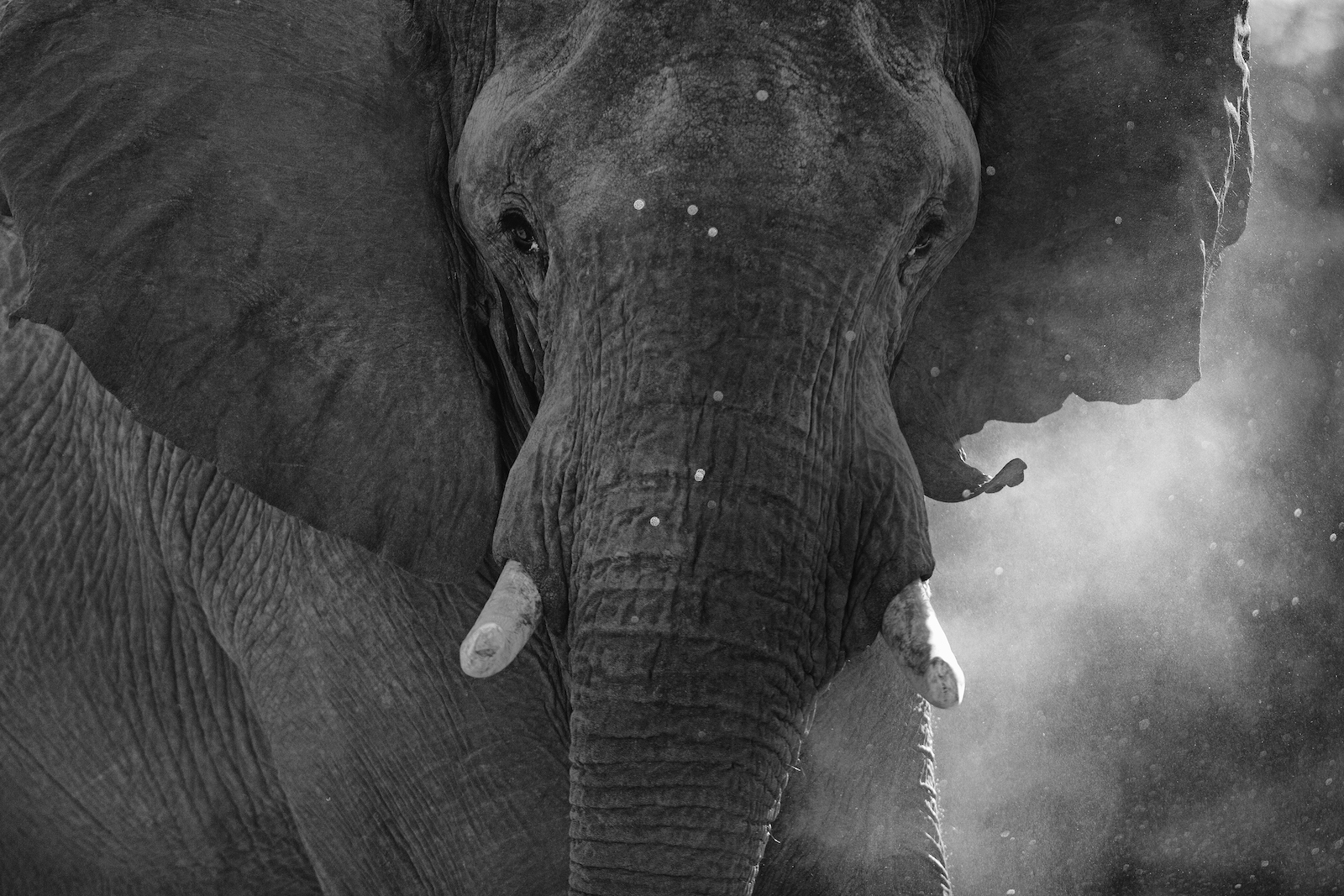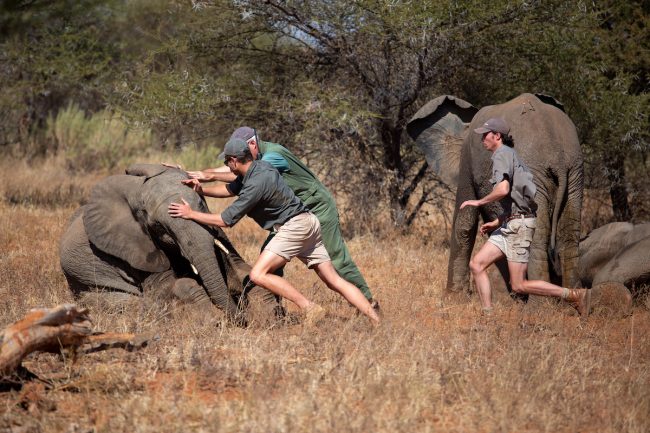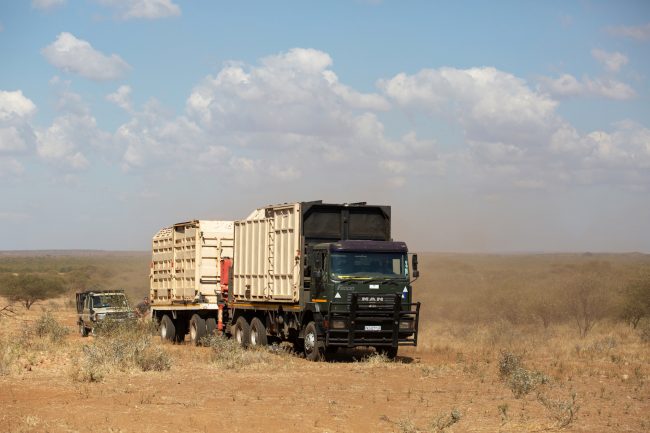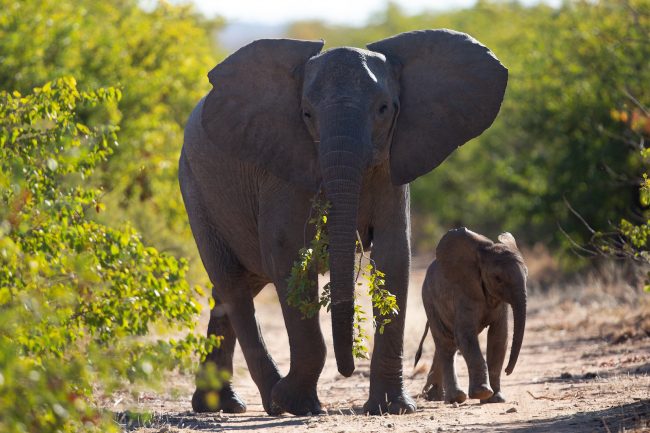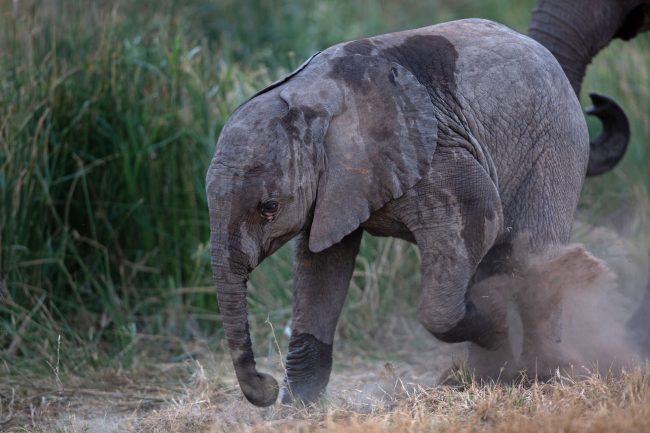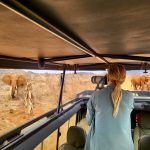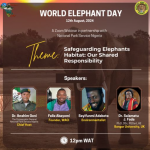Written by Patricia Sims, Co-Founder, World Elephant Day
One hundred and one elephants.
That’s how many of these magnificent creatures have been translocated 1,700 kilometers from South Africa to Mozambique to date by the Moving Giants elephant conservation initiative, the longest such translocation by road ever attempted.
On World Elephant Day last year we reported about the first Moving Giants translocation. It saw 48 elephants translocated in a herculean conservation effort that aims to move 200 elephants in three phases over three years from the Venetia Limpopo Nature Reserve (VLNR) in South Africa to Zinave National Park in Mozambique.
The second phase, with 53 more elephants translocated, was completed on June 27, 2019.
The vision, companies and organizations behind Moving Giants are huge. Indeed, they should be since moving 200 wild African elephants is no mean feat. The operation is funded entirely by De Beers Group, the international diamond company that owns the VLNR.
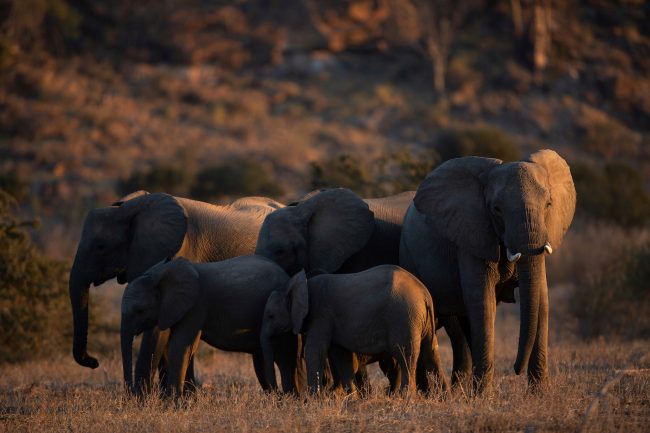
June/July 2019. Moving Giants 2019. Translocation of elephants from Venetia Limpopo Nature Reserve (South Africa) to Zinave National Park (Mozambique). Picture: James Oatway
It’s in partnership with Peace Parks Foundation, the not-for-profit transfrontier conservation organization that co-manages Zinave National Park with the Mozambique government, and Conservation Solutions, the world leader in wildlife translocation handling the complex logistics and veterinary care required for a safe, healthy journey for the elephants.
What prompted the creation of this expensive, mind-boggling operation? The 32,000-hectare (80,000 acres) VLNR was established in the early 1990s to preserve its impressive ecosystem of diverse flora and fauna, including ancient Baobab trees, more than 400 species of bird life and a variety of wildlife including giraffes, wild dogs, and three of the big five: lions, leopards and elephants. By 2017, however, the reserve’s elephant population had grown to more than 270, exceeding its carrying capacity of between 60 and 70 elephants.
Elephants naturally roam great distances, contributing to forest health through seed dispersal from their dung. They clear pathways and find water other animals depend upon. But when elephants don’t have enough area to roam freely, they can inadvertently harm trees and terrain, with potentially adverse effects on the ecosystem. The De Beers Group ecology team determined that the best way to save the VLNR ecosystem, and its plants and wildlife, was to find a new home for 200 of the elephants.
That home is 1,700 kilometers away in Zinave National Park, Mozambique.
Mozambique is still recovering from its 15-year civil war that ended in 1992, which caused the loss of more than one million human lives and much of its wildlife.
The country is now rebuilding its economy and resources, and re-wilding its national parks in hopes of creating a sustainable eco-tourism industry. Zinave National Park, with more than 400,000 hectares, (1,000,000 acres) has a substantially higher rainfall and more lush variety of plant life than VLNR. This “elephant paradise” with a carrying capacity for 500 elephants provides the newly introduced elephants a vast area to roam freely, helping to attract more wildlife, diversify the ecosystem and create local employment.
When reviewing Moving Giants and its win-win objective, we see a compelling, unprecedented human-elephant story and conservation initiative that demonstrates a remarkable commitment from a diverse group of people, companies and organizations.
During its second phase we caught up with some key participants to find out how the elephants translocated to Zinave so far are adapting.
The translocation of wild elephants is not new. Historically there have been failures and some elephant lives have been lost. Fortunately, advances have been made to find the best methods to ensure safety for the elephants in risky, unpredictable circumstances.
Kester Vickery and lead veterinarian Andre Uys of Conservation Solutions, have learned a thing or two themselves during their precedent-setting achievements with their organization that has moved 1,600 elephants, and thousands of rhinos and other animals.
- June/July 2019. Moving Giants 2019. Translocation of elephants from Venetia Limpopo Nature Reserve (South Africa) to Zinave National Park (Mozambique). Picture: James Oatway
- June/July 2019. Moving Giants 2019. Translocation of elephants from Venetia Limpopo Nature Reserve (South Africa) to Zinave National Park (Mozambique). Picture: James Oatway
One priority, they have learned, is the importance of transporting family groups together, ensuring matriarchs, moms and babies are moved as quickly as possible. Elephants have social and emotional bonds very similar to humans, in that the impact of separating family members is traumatic. The complex process includes rounding up the families by helicopter, darting to sedate them, loading the elephants on custom-designed covered trucks and transporting them before the final step: their release into their new habitat.
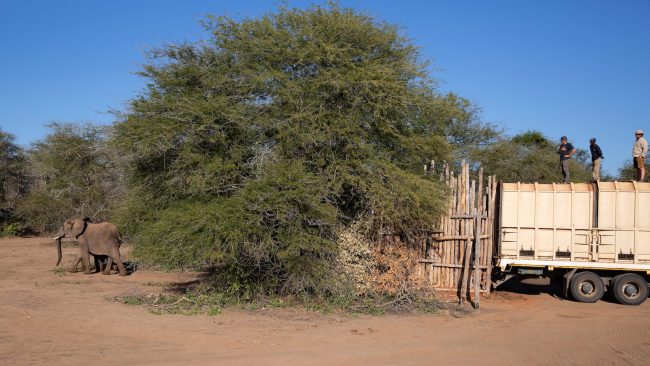
June/July 2019. Moving Giants 2019. Translocation of elephants from Venetia Limpopo Nature Reserve (South Africa) to Zinave National Park (Mozambique). Picture: James Oatway
It requires hours of orientation, safety briefings and the coordinated efforts of several skilled people, and a race against the clock. The 1,700-kilometer, 40-hour journey is designed to be as stress-free and comfortable as possible for the elephants.
“I feel a huge sense of relief when the elephants are offloaded in their new home,” says Vickery. “I know then that the worst is over and that the elephants are home free!”
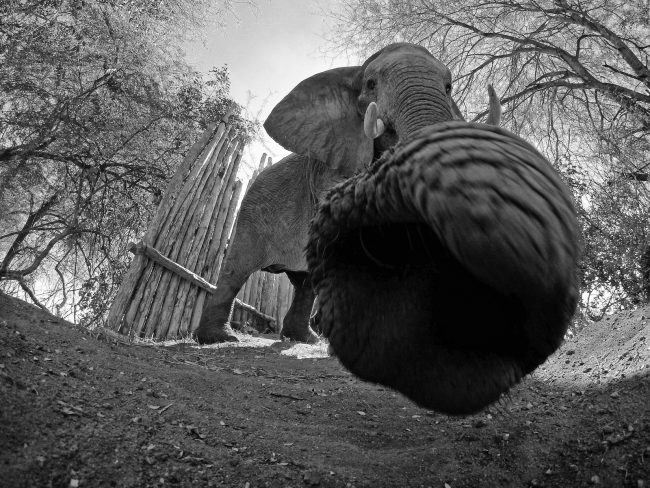
June 2019. Moving Giants 2019. Translocation of elephants from Venetia Limpopo Nature Reserve (South Africa) to Zinave National Park (Mozambique). Picture: James Oatway
The first 48 elephants have reportedly adapted well to their new life at Zinave, with the subsequent birth of baby elephants being a positive sign.
- June/July 2019. Moving Giants 2019. Translocation of elephants from Venetia Limpopo Nature Reserve (South Africa) to Zinave National Park (Mozambique). Picture: James Oatway
- June/July 2019. Moving Giants 2019. Translocation of elephants from Venetia Limpopo Nature Reserve (South Africa) to Zinave National Park (Mozambique). Picture: James Oatway
With a denser forest and larger habitat to roam, matriarchs have been outfitted with GPS collars for tracking. “They seem quite relaxed when encountered in the park,” says Bernard van Lente, Project Manager, Peace Parks Foundation. “The newly translocated elephants do sometimes intermingle with the first group but they generally stay within their family groups, which is normal elephant behavior.”
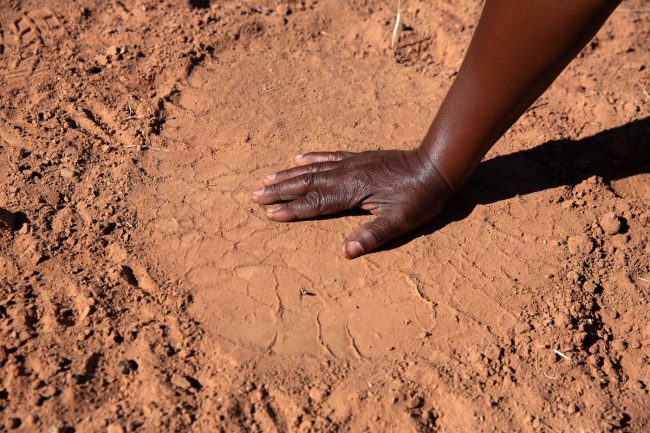
June/July 2019. Moving Giants 2019. Translocation of elephants from Venetia Limpopo Nature Reserve (South Africa) to Zinave National Park (Mozambique). Picture: James Oatway
Before any of the elephants were brought to Zinave, Peace Park Foundation launched an educational program about environmental and economic benefits for local communities. The funding commitment of $500,000 from the Anglo American Foundation to Peace Parks to bolster its anti-poaching ranger training program is strengthening the protection of the elephants at the park against poaching.
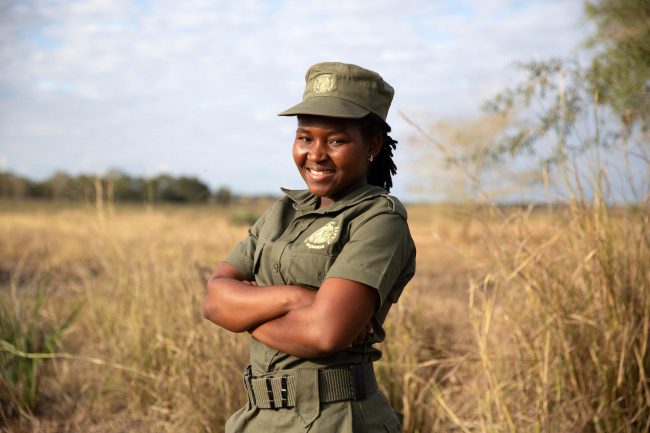
June/July 2019. Moving Giants 2019. Translocation of elephants from Venetia Limpopo Nature Reserve (South Africa) to Zinave National Park (Mozambique). Picture: James Oatway
The team has the first female anti-poaching rangers in Mozambique, which is also providing a new employment opportunity for women from local communities. “I don’t think people realize how tough it is to be an anti-poaching ranger, and to watch these women do it is such a privilege”, adds Carina Kolodny, the project’s media producer.
“Moving Giants is the type of project that can only happen when a corporation empowers its employees to think big,”, says South Africa born Mpumi Zikalala, Managing Director of De Beers Group Managed Operations. “Finding a viable solution took a lot of people who were deeply committed to doing right by these elephants, thinking outside of the box,” she said. “I think this also demonstrates the power of partnerships. We can do more when we work together and capitalize on each other’s expertise.”
De Beers Group is putting its money where its mouth is. The company has an environmental impact offset, with six hectares set aside for conservation for every hectare of land affected by its mining operations.
“This equates to around 200,000 hectares [500,000 acres],” explains Matt Crabb, Senior Manager, Group Brand Communications, De Beers Group. “It’s not easy, but it is absolutely the right thing to do. I hope people will realize that businesses can, and should, be a force for good in this world.”
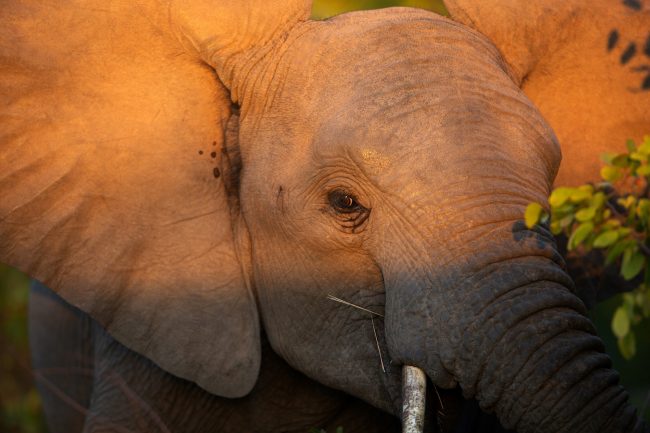
June/July 2019. Moving Giants 2019. Translocation of elephants from Venetia Limpopo Nature Reserve (South Africa) to Zinave National Park (Mozambique). Picture: James Oatway
Vickery believes there will be a growing need for translocations.
“Mostly elephants are limited in their ability to migrate from one area to another due to fences and increased human populations which cut off their ancient migration routes. As populations grow in South Africa they [the elephants] will need to be moved. The hope is that as new areas are protected they will open up new habitats for elephants.”
As human civilization continues to expand, so will the loss of natural habitat. We are going to be faced with the increasing need to re-wild and protect areas so that not only elephants, but all wildlife and plant species can continue to thrive. They all have a role to play in balancing ecosystems. With the climate crisis upon us what better time for corporations to offset their negative environmental and social impacts of the past, act responsibly, and give back for the future.
Large mining corporations with vast resources and influence such as De Beers Group can set a positive example by making a commitment to preserving habitats, as opposed to exploiting resources only for a profitable bottom line.
Moving Giants shines as one such project that demonstrates how corporate actions of environmental and social good can make a positive difference for elephant conservation and the health of the planet.
The third phase of elephant translocation is planned for 2020. Stay tuned! To follow the Moving Giants story, the people behind the project, and progress of the elephants in their new home, please visit MovingGiants.org and Facebook @wearemovinggiants
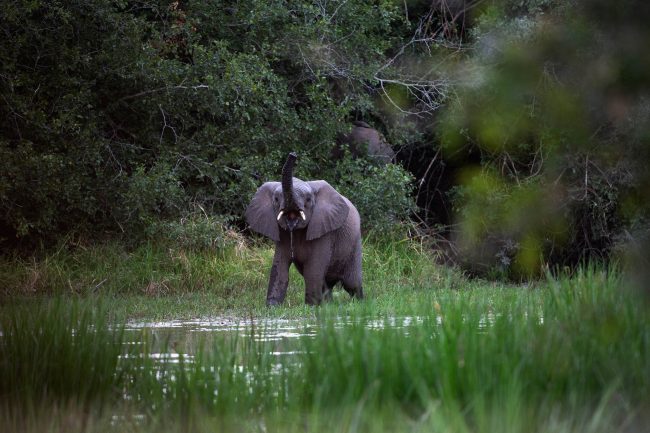
July 5, 2019. One of the reclusive Venetia Elephants drinking at a water pan in her new home at Zinave National Park, Mozambique. Picture: James Oatway.
